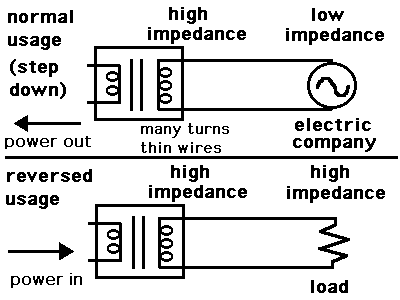sagar474
Full Member level 5
- Joined
- Oct 18, 2009
- Messages
- 285
- Helped
- 5
- Reputation
- 10
- Reaction score
- 5
- Trophy points
- 1,318
- Location
- India,kakinada
- Activity points
- 3,122
I'm working on a inverter project.
I like to use a step down transformer as step up 12 volts ac to 230 volts dc
I flipped primary and secondary of the 12 0 12 transformer. but getting out put only around 20 volts.
I like to use a step down transformer as step up 12 volts ac to 230 volts dc
I flipped primary and secondary of the 12 0 12 transformer. but getting out put only around 20 volts.
